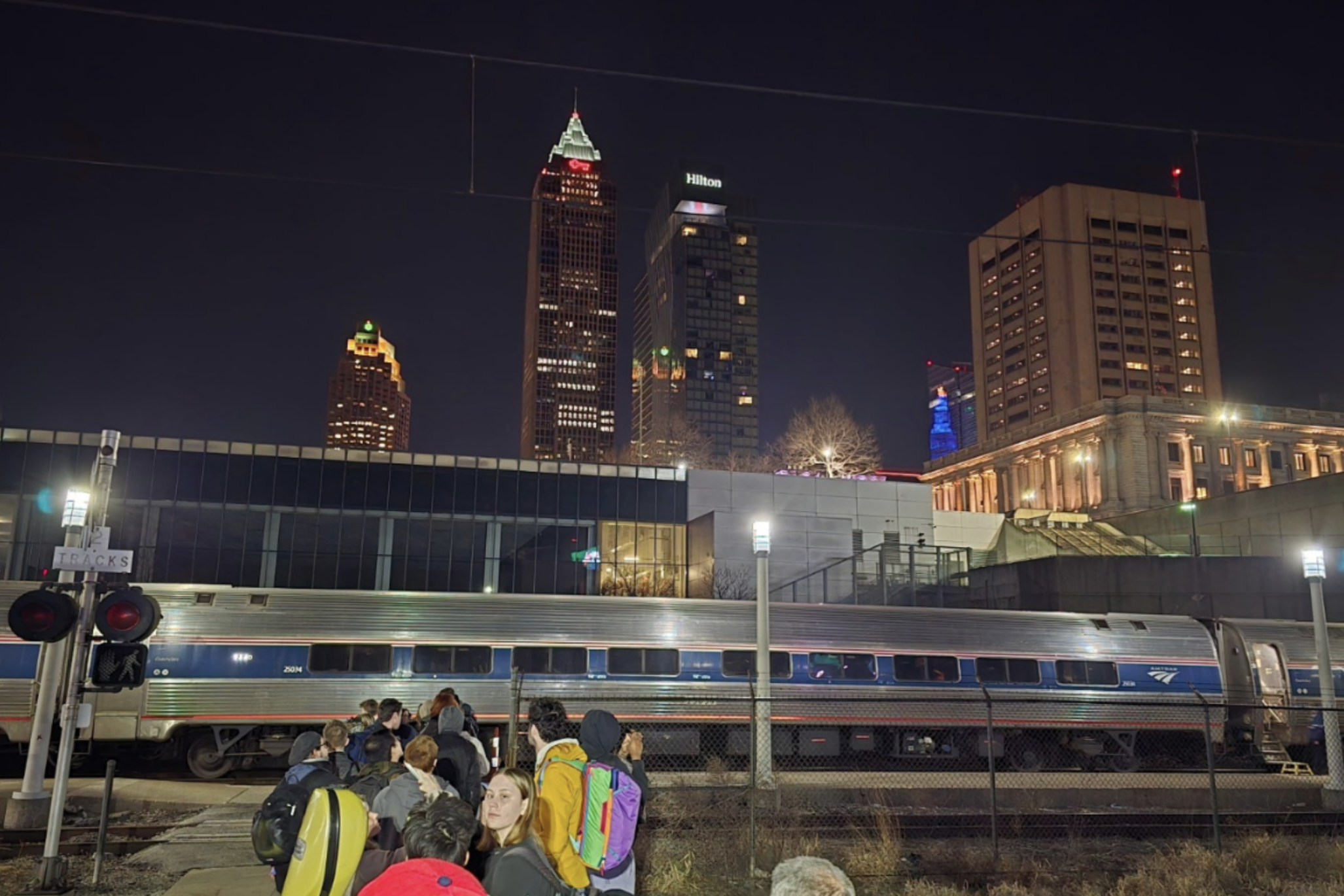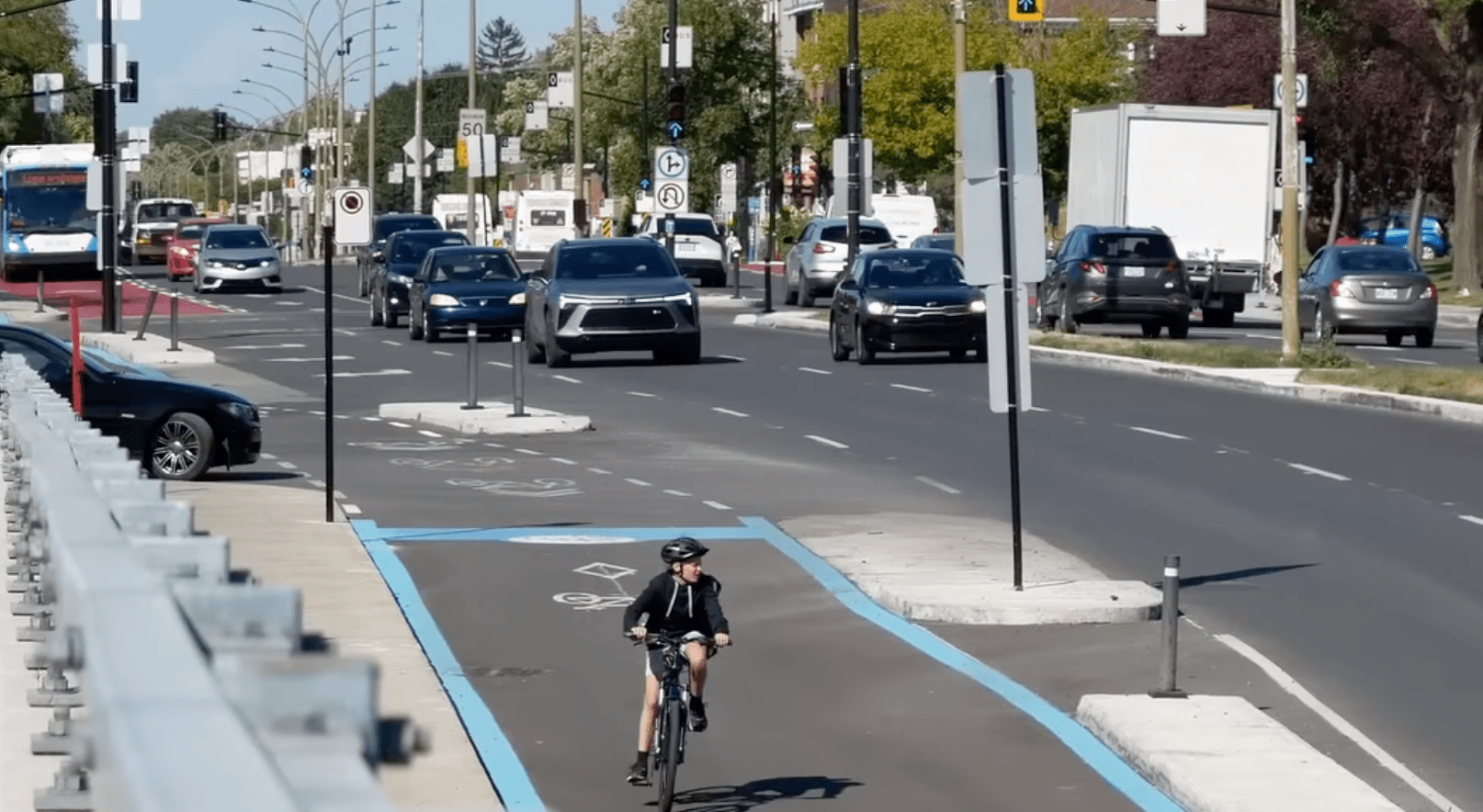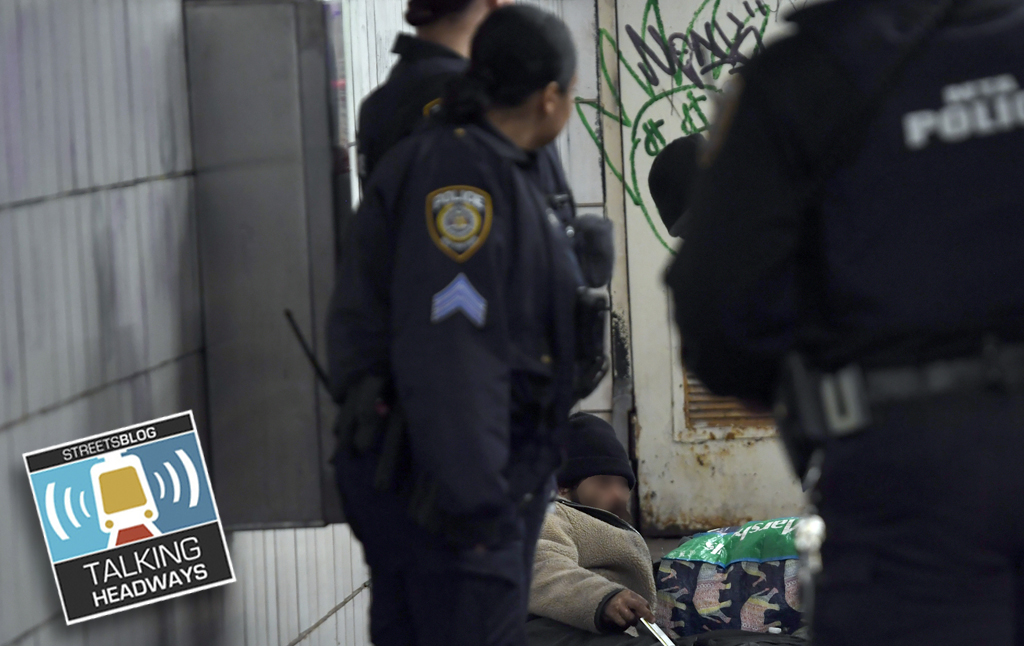What does America's passenger rail future have to do with the state of Ohio? Plenty.
Outside the Northeast, current federal policy is almost exclusively focused on a state-led approach to passenger rail development. If you travel by train from Chicago to Buffalo, Pittsburgh, and points east, the most direct routes pass through Ohio. This makes Ohio a key state for routes with national significance, much as it is for the interstate highway system.
However, Ohio has become a barrier to passenger rail development in the Midwest-East Coast region. And it's time for that to change.
Seventy-five percent of Ohioans want the state to invest in passenger rail and public transit, according to a 2024 Ohio Department of Transportation (ODOT) Survey. Moreover, a bipartisan group of legislators and the current governor are all favorable to passenger rail development.
Despite current headwinds, Ohio has struggled for years to build the rail system residents want — and it's a good example of the problem with relying on states to lead the process. Here's a brief timeline of those challenges:
- In the late 1970s and early 1980s, bills to expand passenger rail never made it out of committee.
- In the mid-1990s, ODOT endorsed a $65 million plan for the Cleveland-Columbus-Cincinnati Corridor, which was quickly killed by the Governor’s office.
- During I-71 reconstruction in the late 1990s, ODOT proposed a “2C” (Cleveland to Columbus) rail project to provide an alternative to construction-related traffic, which was again killed by the Governor’s office.
- In the early 2000s, Ohio Rail Development Commission Director Jim Seney created the Ohio Hub Plan, a vision to connect Ohio’s major cities and surrounding states. It received strong support in the House and Senate, but after the election of anti-rail Governor John Kasich in 2008, the project was killed. Kasich also withdrew Ohio from the Midwest Interstate Passenger Rail Commission (MIPRC), which is planning a network of passenger rail routes throughout the Midwest.
- This year, the Ohio Legislature failed in its budget negotiations to include funding necessary to rejoin MIPRC.
While Ohio’s politics is partly to blame, the root of the problem runs deeper. In short, the reason why passenger rail development is so difficult in Ohio — and across the country — is because Congress has been reluctant to take the same approach to doing it as it takes to develop our highway system.
In the mid-20th Century, the federal government worked with the states to design the interstate map, and with the passage of the Interstate Defense Highways Act in 1956, Congress committed significant federal funds for its construction. They also enticed states to take part in the process by offering to pay 90 percent of the initial construction costs.
Today, the federal government still spends a substantial amount on highways annually: $53.7 billion in Federal Fiscal Year (FFY) 2025, a substantial increase from $42.5 billion in FFY 2015. By contrast, the Infrastructure Investment and Jobs Act of 2021 included a one-time appropriation of $66 billion for passenger rail, which is a drop in the bucket compared to what is needed to modernize and expand passenger rail throughout the country.
Since state transportation decisions follow the availability of federal funding, states focus most investments on highways.
We need a robust, federally-led passenger rail program because, by their nature, states are ill-suited to working in unison on regional or national issues. Their power ends at their borders, and each has its own priorities which may not mesh with multistate goals.
Had Congress not created the interstate highway program and committed the funding to build it, we would have a piecemeal and incomplete system. We do have a piecemeal and incomplete passenger rail system, because the necessary federal commitment has, so far, not been forthcoming.
Ohio isn’t the only state creating obstacles to building out our national rail network. The state of Alabama declined to include funding for the soon-to-be-launched Mobile to New Orleans Mardi Gras route, and ultimately left it up to the City of Mobile to cover the state's share. The effort took a decade and, at one point, the project was nearly killed by a single Mobile city councilperson. We do not build highways in such a cumbersome manner.
So what’s the fix?
First, Congress should create a trust fund for passenger rail as large as the highway trust fund annually. Second, they should create a National Passenger Rail Authority to work with states to design a national passenger rail network, and distribute federal funds for its construction.
This network must be segregated from private freight traffic, which could be accomplished in various ways. Where right-of-way is straight and flat, unused right-of-way width can be purchased from private railroads to install passenger-only tracks. In regions where curvy, 19th-century alignments cannot offer car-competitive speeds, where freight traffic is too heavy, or in dense travel corridors where European-style high-speed rail is warranted, new alignments would be built.
This segregated network would be subject to open access, allowing the private sector to offer services. Not every line would be profitable, and that’s fine. In those cases, the Authority would accept bids from private companies. The companies that offer the best service and on-board amenities for the best price would receive operating contracts.
The bottom line: without an overhaul in federal passenger rail policy and funding, very little expansion of our passenger rail system will occur — and states like Ohio will continue to get in the way.






